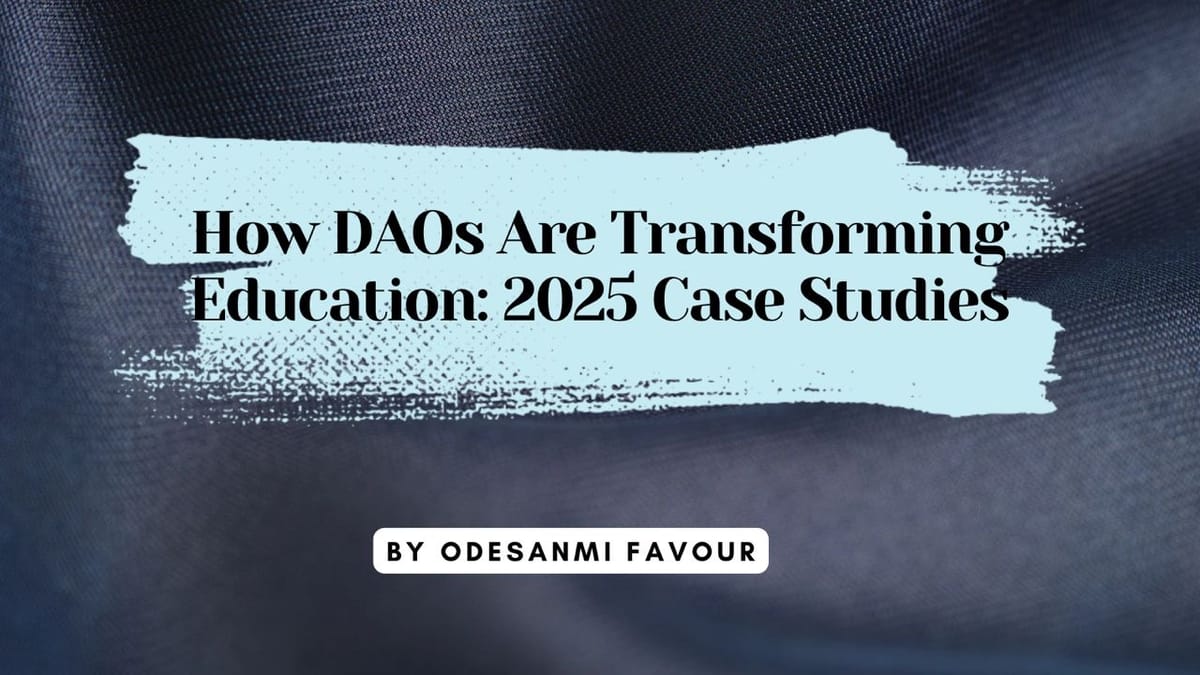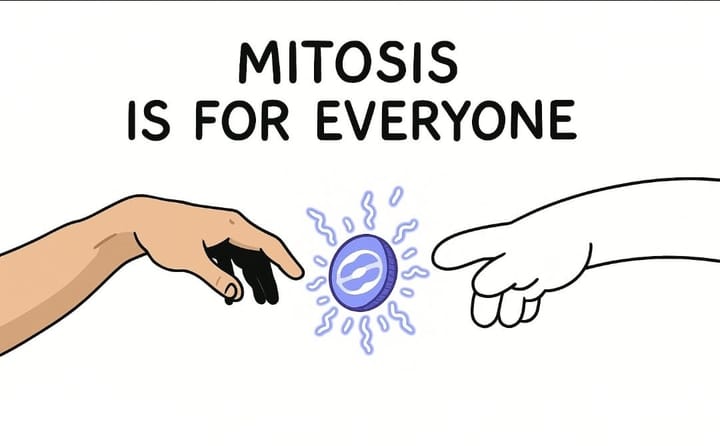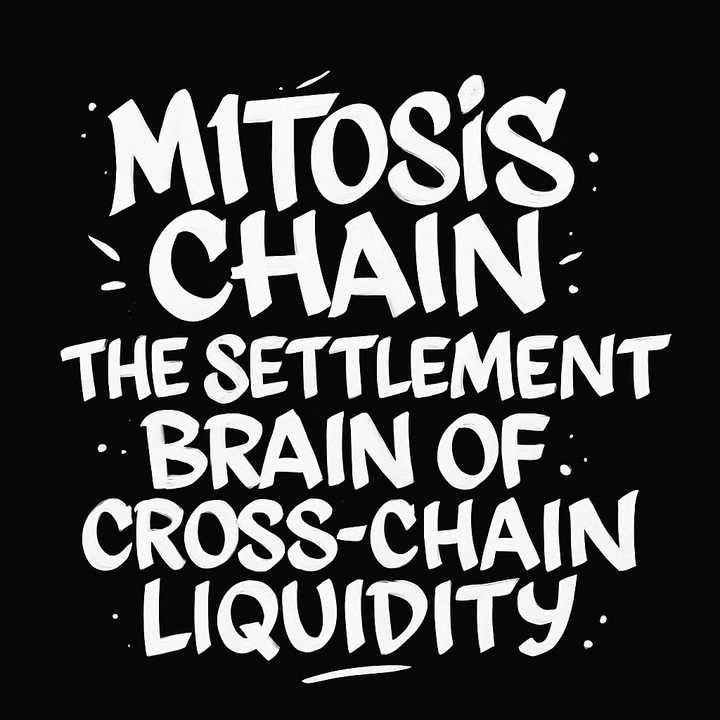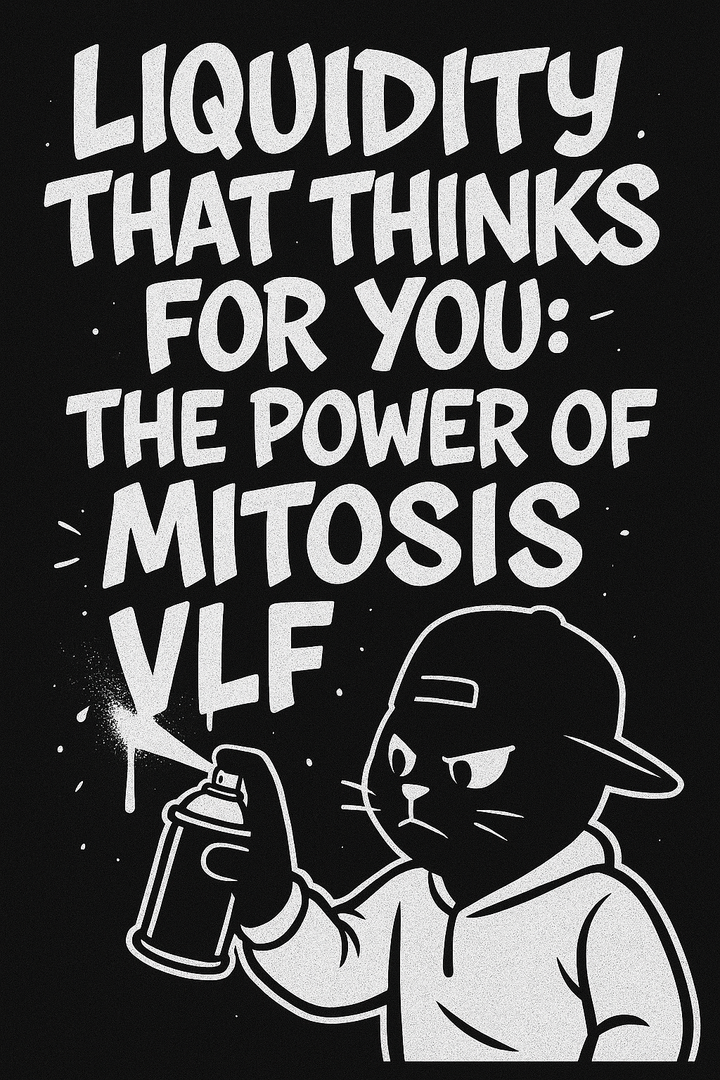How DAOs Are Transforming Education: 2025 Case Studies

Introduction
Decentralized Autonomous Organizations (DAOs) are reshaping industries by leveraging blockchain technology to create transparent, community-governed systems, and education is no exception. In 2025, DAOs are revolutionizing how learning is delivered, managed, and accessed, breaking down traditional barriers like geography, cost, and centralized control. By empowering learners, educators, and communities to co-create educational experiences, DAOs are fostering personalized, inclusive, and innovative learning environments. This article explores how DAOs are transforming education through real-world case studies, highlighting their mechanisms, impact, and potential challenges.
In this article, we would explore:
1. The Mechanics of Education DAOs and Their Role in Decentralized Learning
2. Case Studies of DAOs Transforming Education in 2025
3. Challenges and Future Potential of Education DAOs
The Mechanics of Education DAOs and Their Role in Decentralized Learning
Education DAOs operate on blockchain platforms, using smart contracts to automate governance, resource allocation, and decision-making. Unlike traditional educational institutions, which rely on centralized hierarchies, DAOs enable stakeholders—students, educators, and even parents—to have a voice through governance tokens. These tokens grant voting rights and sometimes financial incentives, aligning community interests with educational outcomes. By decentralizing control, DAOs make education more accessible, transparent, and adaptable to diverse needs.
How Education DAOs Work
Education DAOs typically function as follows:
- Smart Contracts: Rules encoded on the blockchain govern operations, such as course creation, credential issuance, or funding allocation. For example, a smart contract might automatically distribute tokens to educators who create high-quality content, based on community votes.
- Governance Tokens: Members purchase or earn tokens to participate in decision-making, such as voting on curriculum changes or resource allocation. Tokens may also yield financial returns, as seen in models like Open Source University, where course revenue is shared with contributors.
- Decentralized Platforms: DAOs host courses, credentials, and communities on blockchain platforms, ensuring transparency and immutability. Credentials are often issued as non-fungible tokens (NFTs), verifiable globally and stored in users’ digital wallets.
- Community-Driven Learning: DAOs connect learners with experts worldwide, fostering peer-to-peer collaboration and personalized learning paths. This contrasts with rigid, one-size-fits-all curricula in traditional systems.
For Example: The Dream DAO Model
Dream DAO, launched in 2022, exemplifies how education DAOs operate. Targeting Gen Z, it connects high school students with Web3 mentors to learn about blockchain, sustainability, and social impact. Members earn governance tokens by contributing to projects, such as creating educational content or organizing workshops, and use these tokens to vote on initiatives like funding climate-focused hackathons. By 2025, Dream DAO has scaled to 5,000 active members globally, using smart contracts to manage $2 million in annual funding, demonstrating how DAOs empower learners to shape their education.
Why It Matters
Education DAOs address longstanding issues in traditional systems, such as high tuition costs, limited access in underserved regions, and outdated curricula. By leveraging blockchain’s transparency, they ensure fair resource allocation and reduce corruption risks, as funds are traceable on-chain. The OECD’s 2025 education trends report highlights the need for flexible, future-proof curricula, which DAOs naturally support through community-driven innovation.
Case Studies of DAOs Transforming Education in 2025
Several education DAOs have emerged as leaders in 2025, each demonstrating unique applications of decentralized governance in learning. These case studies illustrate how DAOs are creating accessible, personalized, and globally recognized educational ecosystems.
Case Study 1: Ed3 DAO – Empowering Educators with Web3 Skills
Overview: Ed3 DAO, incubated by k20 Educators, is a non-profit DAO focused on equipping educators with Web3 skills. By 2025, it has grown to 10,000 members across 50 countries, offering blockchain-verified courses on technologies like NFTs, smart contracts, and decentralized systems.
- Mechanics: Educators join by purchasing or earning $ED3 tokens, which grant voting rights on course offerings and funding allocation. Smart contracts distribute micro-grants (e.g., $5,000) to members creating high-impact content, such as VR-based lessons. In 2025, Ed3 DAO launched a virtual conference with 2,000 attendees, enabling educators to “choose their own adventure” in Web3 learning.
- Impact: Over 1,500 educators have earned credentials, with 70% integrating Web3 tools into their classrooms. For example, a teacher in Nigeria used Ed3 resources to teach blockchain basics, reaching 200 rural students via mobile platforms. The DAO’s holacracy model, where self-organized groups govern specific domains, ensures agility and innovation.
- Example: Jane, a U.S. high school teacher, joined Ed3 DAO in 2024. She earned $ED3 tokens by developing a course on smart contracts, voted to fund a peer’s AI tutoring project, and used her credentials to secure a grant for her school’s STEM program, showcasing DAOs’ ability to empower educators.
Case Study 2: Open Source University – Global Knowledge Sharing
Overview: Open Source University, a DAO-based platform, connects learners with industry experts for real-world projects. By 2025, it serves 15,000 learners across 80 countries, issuing NFT credentials that are recognized by 500+ employers.
- Mechanics: Learners purchase $OSU tokens to access courses or contribute content, earning tokens for high-quality submissions. Smart contracts distribute revenue (e.g., 15% to the DAO, 85% to creators) when new students enroll. In 2025, the DAO launched a “Global AI Ethics” course, co-created by professors from MIT and IIT, accessible for $50 via mobile devices.
- Impact: The platform has democratized access, enabling 60% of its users from low-income regions to gain skills in AI and blockchain. For instance, a student in India earned an NFT credential in data science, securing a remote job with a U.S. firm, bypassing traditional degree requirements.
- Example: Ahmed, a 19-year-old in Egypt, joined Open Source University in 2024. He completed a blockchain development course, earned $OSU tokens by mentoring peers, and used his NFT credential to land a freelance gig, highlighting DAOs’ role in global skill-building.
Case Study 3: Crypto Culture and Society (CCS) – Liberal Arts for Web3
Overview: Launched in 2021, CCS pioneered the “learning DAO” concept, offering liberal arts education for crypto enthusiasts. By 2025, it has 8,000 members and hosts 50 courses on topics like game theory and cryptography.
- Mechanics: Members stake $CCS tokens to vote on course offerings and fund community projects, such as Web3 hackathons. Smart contracts ensure transparent allocation of $1.5 million in annual grants, with 80% supporting student-led initiatives. In 2025, CCS introduced a VR-based philosophy course, blending Web3 and immersive learning.
- Impact: CCS has trained 3,000 students in Web3 principles, with 40% launching their own projects, such as NFT marketplaces for educational content. Its global reach has empowered learners in remote areas, like a Brazilian student who accessed free courses via mobile apps.
- Example: Maria, a Brazilian artist, joined CCS in 2024. She earned $CCS tokens by creating a course on NFT art, voted to fund a peer’s sustainability project, and used her earnings to attend a Web3 conference, illustrating DAOs’ role in fostering creative learning.
Challenges and Future Potential of Education DAOs
While education DAOs offer transformative potential, they face significant challenges, including regulatory uncertainty, scalability, and accessibility. Addressing these hurdles is critical to realizing their full impact by 2030.
Challenges
- Regulatory Uncertainty: DAOs operate in a legal gray area, as seen in dialogues between MakerDAO and regulators like Senator Elizabeth Warren, who struggled to understand decentralized governance. Education DAOs must navigate compliance with data privacy and accreditation laws, which vary globally.
- Scalability and Inclusion: While DAOs aim to democratize education, blockchain’s technical complexity and costs (e.g., gas fees on Ethereum) can exclude non-tech-savvy or low-income users. For example, Ed3 DAO’s $ED3 token purchase requirement initially deterred 20% of applicants from rural areas.
- Quality Control: Decentralized governance risks prioritizing popular but low-value content. Aave DAO’s backlash against the Horizon token proposal shows how community dissent can stall initiatives, potentially affecting course quality in education DAOs.
- Digital Divide: The OECD notes that 93% of the global population lacks post-high school education, often due to limited internet access. DAOs must address this to fulfill their accessibility promise.
For Example: Ed3 DAO’s Accessibility Challenge
In 2024, Ed3 DAO faced criticism when rural educators struggled to afford $ED3 tokens due to Ethereum’s high gas fees. The DAO responded by migrating to a layer-2 solution (e.g., Polygon), reducing fees by 80%, and offering token subsidies for low-income members. By 2025, participation from underserved regions rose 30%, but gaps remain, highlighting the need for scalable, low-cost blockchain solutions.
Future Potential
By 2030, education DAOs could redefine learning by:
- Global Credentialing: NFT-based credentials, as used by Open Source University, could replace traditional degrees, with employers valuing verifiable skills over institutional prestige.
- Hybrid Learning Models: DAOs could integrate with AI and VR, as seen in Pearson’s AI-powered platforms, to create immersive, personalized courses.
- Policy Influence: Successful DAOs like Ed3 could collaborate with governments, as seen in the UN’s education reform efforts, to integrate decentralized learning into national systems.
- Incentivized Ecosystems: Tokenized rewards could drive lifelong learning, with platforms like CCS offering passive income for contributors, aligning with the OECD’s call for future-proof skills.
Conclusion
In 2025, education DAOs like Ed3 DAO, Open Source University, and Crypto Culture and Society are transforming learning by decentralizing control, enhancing accessibility, and fostering global collaboration. Through smart contracts and governance tokens, they empower learners and educators to co-create personalized, transparent educational ecosystems. While challenges like regulatory uncertainty and the digital divide persist, their potential to democratize education is immense. As blockchain technology evolves and adoption grows, DAOs could redefine education by 2030, making quality learning accessible to the 93% of the world without advanced education, and preparing students for a decentralized, digital future.



Comments ()